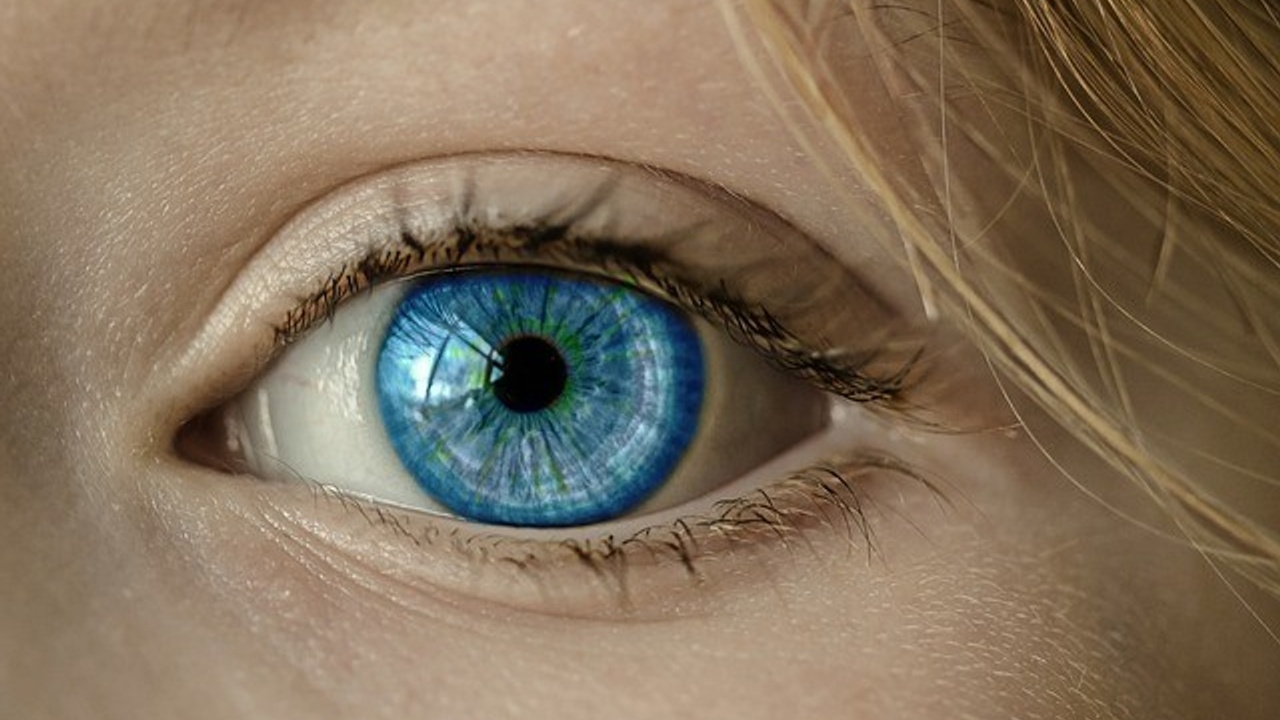
How Acupuncture, Herbs, and Nutrition Can Save Your Eyesight
At my ophthalmologist’s office a while back: “Hmmm…this is unusual.” He was checking and rechecking some things. “Huh. Normally at your age people’s eyesight gets worse, but yours is going in a more ‘favorable direction.’ Whatever you’re doing, keep it up!”
The prescription for my near-sightedness on both eyes was 1/4 a point better (from -3.25 to -3 on the right eye and -2.5 to -2.25 on the left eye), and my astigmatism in both eyes improved. No sign of any far-sightedness yet. And this actually has happened for the past 10 years. Although some years my eyesight doesn’t change at all.
Here’s what I’ve been doing:
RELAXING MY EYES
We hold so much tension in our faces. The main reason I started caring about this was to prevent wrinkles, but I think the benefits have extended beyond the superficial.
There is a theory on natural eyesight healing that near-sightedness and far-sightedness is due to tension around the eyeball. The current medical model says that your cornea is either too strong (near-sighted) or too weak (far-sighted), but this theory goes a step further to say that the cornea changes in strength due to straining to see.
So I consciously decided not to strain to see things. If something is blurry far away, I just go closer. I look away from the computer several times an hour when I’m working on it to relax my eyes. If I’m reading or watching a movie and it’s hard to keep my eyes focused, I stop trying to focus and do something else (like go to sleep!). I even try, when I’m at home and not doing much, to go without glasses or contacts to totally relax my eyes.
Acupuncture around the eyes is very helpful for this as well.
There are several renowned acu-points for eyesight: near the tip of the thumbs (a point called “Round Balls” 😂); Liver 2 and 3 needled deep or the bottom of the foot around Kidney 1; and the “eyes” of the knees and elbows. In Chinese medicine, eye dryness and reduced vision is related to a depletion of the “Yin.”
FOOD FOR THE EYES
We’ve probably all heard that carrots are good for your vision, but there are some other eye-nourishing foods I recommend including 3-4 times a week.

Fish:
The omega 3 oils in fish contain DHA, EPA, and ALA acids. Studies show that deficiencies of these vitamins may be related to eye problems.
Freshwater fish like salmon, tuna, mackerel, cod liver, or sardines are great sources of omega 3s. Flax seeds and flax oil, walnuts, and dark leafy greens are too, although in smaller amounts. Babies get omega 3s from breast milk, raw milk, or a formula that includes omega 3s.
Our brains, and in particular, our visual cortex is made out of DHA. Our bodies have to obtain DHA from a food source.
If you have macular degeneration or dry eyes, start taking a high quality fish oil immediately!

Cruciferous Vegetables:
In addition to being anti-cancerous, cruciferous veggies like kale, cauliflower, brussel sprouts, cabbage, dark leafy greens (bok choy, collard or mustard greens) and broccoli have been shown to help with vision. When we think of vitamin A, we tend to think about carrots, but mustard greens and kale have way more vitamin A than carrots.
Plus, these colorful vegetables are very rich in anthocyanins which help vision. Part of the reason why you can’t replace a whole food with a synthetic vitamin is because you’re going to end up missing some important parts. It’s not just the vitamin A or C in the vegetables that’s good for you, it’s the essential essence of the vegetable itself. There’s no way to replicate that in a pill, unless you bottle up the food itself (which is one of the things I love about Standard Process vitamins).
So how can you cook these types of foods so that they’re actually tasty?
You need 3 ingredients: 2 – 3 cups of dark, leafy greens, chopped up in about 1″ pieces; grass-fed butter (like Kerry Gold); and sea salt.
Put some butter (1 – 2 teaspoons is good) in a pan (I use a cast iron pan) on medium heat. When it’s melted, stir in your chopped up vegetables and a pinch of salt. You can add a spoonful of water or white wine to steam it up. Cook for just a couple of minutes. Yum. Simple, easy, delicious, and healthy. You can cook any vegetable like this, you just need to add more cooking time for more hearty ones like broccoli.
Another way to cook cruciferous veggies is to chop them, put them on a cooking sheet, coat everything thoroughly with olive oil and a few dashes of sea salt and pepper, then cook in the oven, 325-340 for 20-40 minutes (stir and check on them every 15 minutes or so).
Don't miss a beat!
New moves, motivation, and classes delivered to your inbox.
We hate SPAM. We will never sell your information, for any reason.
